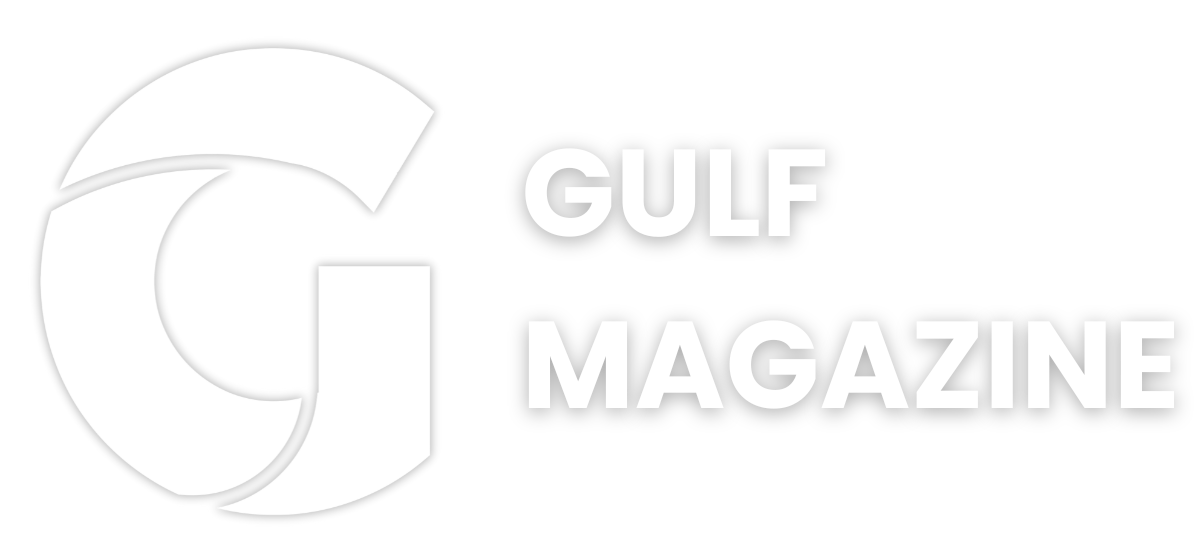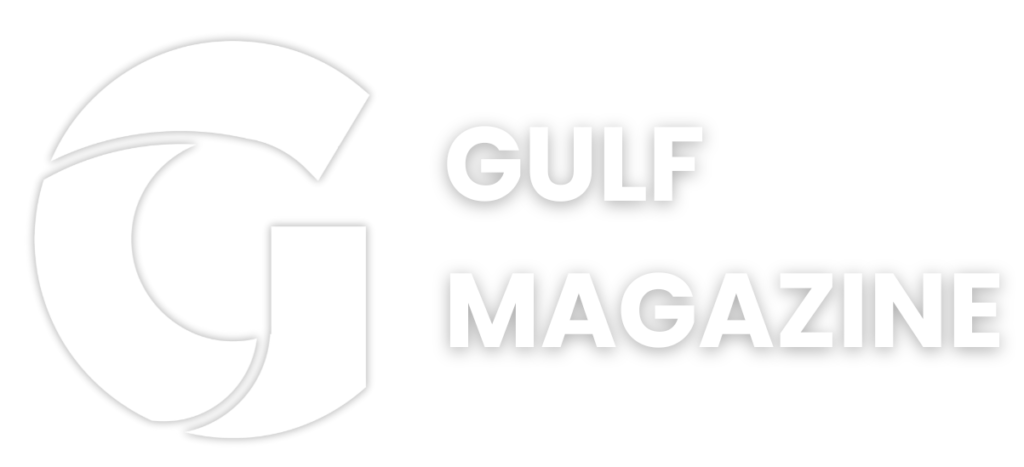Middle East Insurance Industry Set for Major Growth in 2025
The Middle East insurance sector is preparing for a breakthrough year in 2025. Industry experts and global analysts are forecasting major growth across both traditional and digital insurance markets. This change is being driven by a unique combination of digital innovation, regulatory reform, and increasing consumer awareness across the region.
Insurers, reinsurers, and technology firms are all playing their part in reshaping the landscape, with many stakeholders now seeing the Middle East as a vital growth market. From the UAE to Saudi Arabia and beyond, insurance is no longer seen as just a necessity—it’s becoming an essential tool in financial planning, risk management, and economic development.
Reinsurers Soften Conflict-Related Clauses as Competition Heats Up
In a notable move that signals growing confidence—or at least rising competition—in the Middle East, major global reinsurers have started to revise their previous risk-avoidance strategies. According to a recent Reuters report, global players like Swiss Re have removed certain clauses that once allowed them to exit policies if political tensions or armed conflicts in the region worsened.
Although this does not suggest a full return of reinsurers into every conflict zone, it does represent a more flexible approach compared to recent years. Coverage still remains limited in high-risk territories such as Israel, Lebanon, and Yemen. However, the change indicates growing trust in the region’s economic resilience and the desire of reinsurers to maintain or grow market share amid fierce global competition.

This development is also a sign that insurance pricing, underwriting practices, and risk appetites are adapting quickly in response to market demand. As the Middle East continues to modernize and attract foreign investment, stable insurance and reinsurance frameworks are becoming more essential than ever.
UAE Leading the Way: Forecasts Suggest 10–20% Growth
Among the Middle Eastern nations, the United Arab Emirates (UAE) is clearly emerging as a frontrunner in the regional insurance space. A recent forecast by S&P Global Ratings predicts the UAE insurance sector will grow by between 10% and 20% in 2025, following an impressive 20% growth in 2024.
This rapid growth is being fueled by a mix of factors:
- Wider adoption of mandatory insurance policies (especially in health and motor sectors),
- Government support for digital transformation,
- Strong population growth and rising disposable incomes, and
- The influx of expatriates and foreign investors, all of which are expanding the customer base.
Other Gulf Cooperation Council (GCC) countries, including Saudi Arabia, Qatar, Bahrain, and Oman, are also expected to see solid year-on-year growth, though at slightly lower rates—between 5% and 15% depending on economic conditions and policy reforms.
InsurTech and AI Reshaping the Market
One of the most transformative forces driving this boom is the rise of InsurTech across the Middle East. Startups and established firms alike are using artificial intelligence (AI), blockchain technology, and advanced data analytics to build smarter insurance solutions that are faster, more accurate, and more customer-friendly.
- AI-powered underwriting helps companies assess risk more precisely, which can lead to better pricing and reduced fraud.
- Blockchain adds transparency, security, and trust to insurance contracts and claims management.
- Digital platforms make buying, renewing, or filing claims more efficient and user-friendly.
These innovations are not only streamlining operations for insurers but also meeting the expectations of younger, tech-savvy consumers who demand digital-first services. Platforms like InsuranceMarket.ae, and startups backed by accelerators like Toxigon, are leading the charge in digital distribution and automation.
Closing the Gap: Insurance Penetration Still Lags Behind
Despite the momentum, the Middle East still faces a major challenge: low insurance penetration compared to global standards.
For example:
- The UAE’s penetration rate stands at just 3.2%.
- Saudi Arabia’s is about 1.5%.
- Qatar and other nations fall below 1% in many cases.
This gap means millions of people remain either underinsured or completely uninsured. To address this, governments and insurers are launching education campaigns and awareness programs aimed at boosting public understanding of the benefits of insurance—not just for health or vehicles, but also life, property, and business coverage.
An equally important trend is the growth of Takaful (Sharia-compliant insurance). These ethical insurance products are designed to meet the religious and cultural needs of local populations and are seeing growing demand, particularly in Saudi Arabia, Oman, and parts of the UAE.
Regulation and Sustainability: Building a Stronger Framework
Policymakers across the GCC are actively strengthening regulatory frameworks to build consumer confidence and attract international insurers. In Saudi Arabia, the newly formed Insurance Authority will oversee licensing, monitoring, and compliance, aiming to increase transparency and reduce risks.
At the same time, sustainability has become a core focus. More insurers are integrating Environmental, Social, and Governance (ESG) principles into their products and operations. This includes offering green insurance products, supporting renewable energy investments, and managing climate-related risks.
Companies like JENOA® are exploring how to tie ESG compliance into insurance coverage, ensuring that policies not only protect assets but also contribute positively to society and the environment.
Looking Ahead: A New Era for Insurance in the Middle East
The insurance industry in the Middle East is no longer in its infancy. With rising demand, bold regulatory changes, tech-driven disruption, and fresh investor interest, the region is entering a new era of maturity and innovation.
As insurers adapt to digital-first models, offer culturally relevant products like Takaful, and embrace regulatory shifts, they are not only capturing a larger share of the market—they are also playing a crucial role in regional economic development and financial resilience.
The road ahead is not without its challenges, but the opportunities are far greater. For investors, innovators, and consumers, 2025 could mark the tipping point where insurance becomes a household necessity, not just a legal obligation.
Foe more information click here
Qatar’s Ashghal Set to Award Major Healthcare Design Contract Soon



